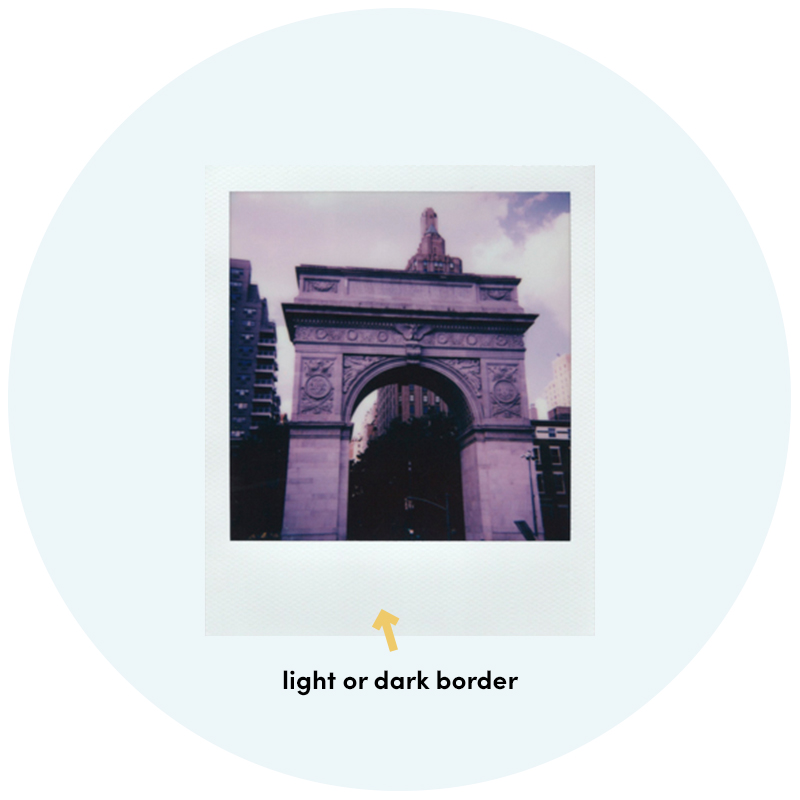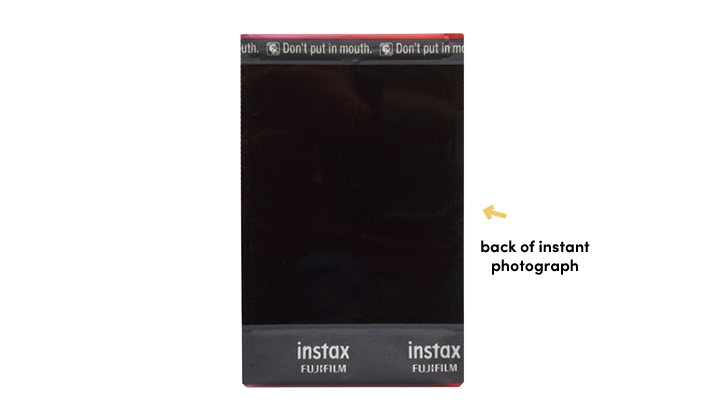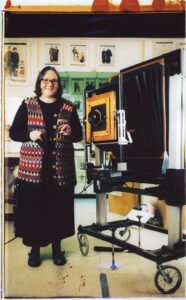Instant photo
The iconic photo with a white border and grey-black back has been around since 1948, when Polaroid launched its first instant camera, Model 95. This camera initially produced sepia photos, but then later could also take and instantly develop colour photos.






